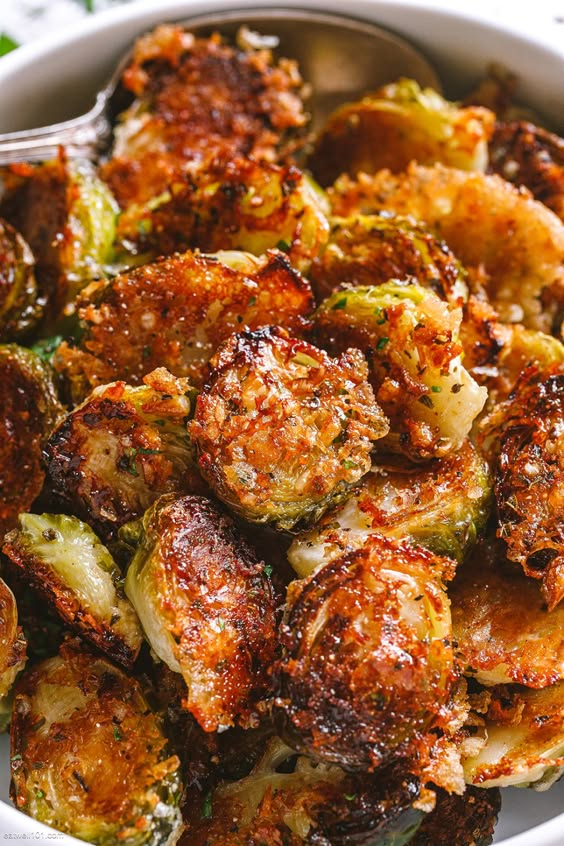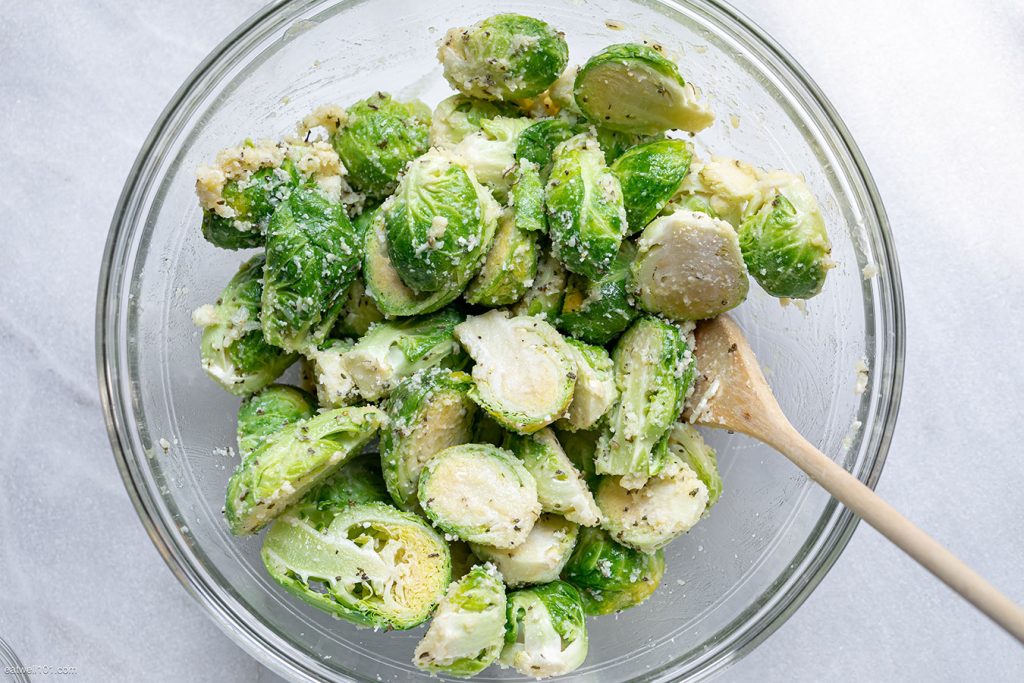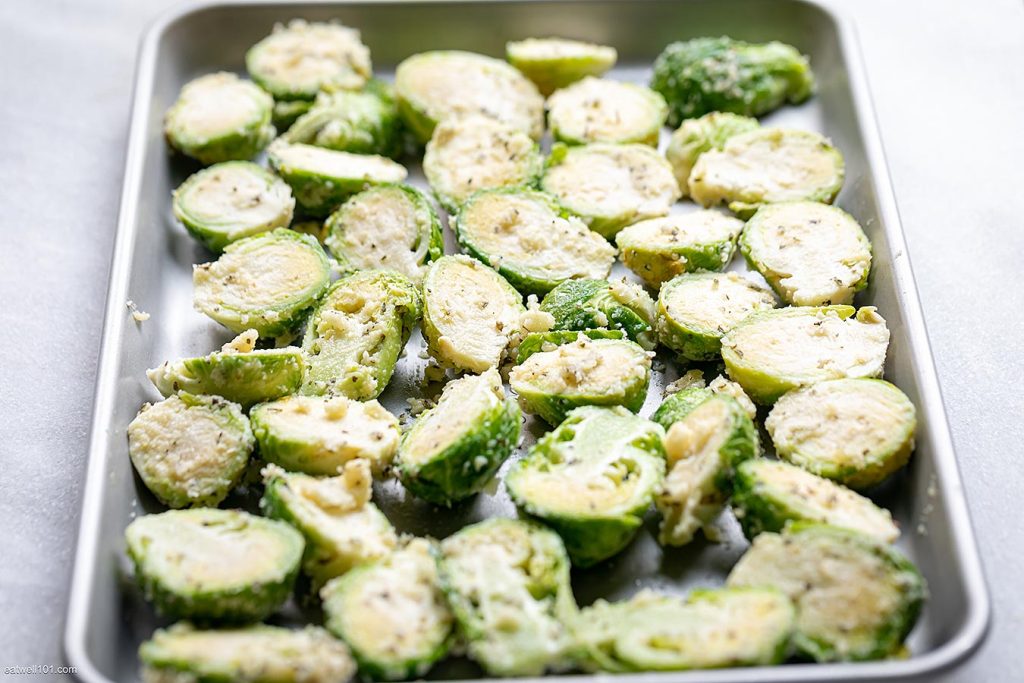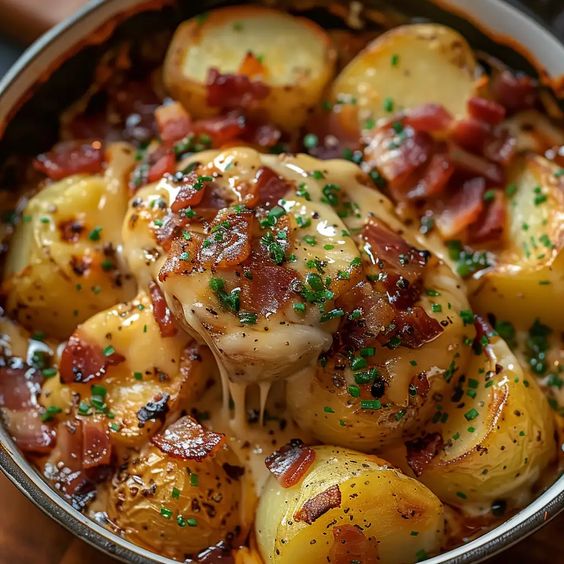Shamrockin’ Sweets: Throw an Easy Irish Dessert Party!
Get ready to indulge in the Emerald Isle’s sweetest treasures! Throwing an Irish dessert party is a fun and delicious way to celebrate any occasion, from St. Patrick’s Day to a casual gathering with friends. Forget the complicated recipes and fussy decorations – this guide is all about creating a memorable spread with minimal effort. Get ready to impress your guests with these easy-to-make, authentically Irish (or Irish-inspired) treats!
Must-Have Irish Dessert Classics
No Irish dessert party is complete without a few traditional favorites. These are simple to make and guaranteed crowd-pleasers:
- Irish Apple Cake: This moist and flavorful cake is a classic for a reason. Many recipes offer a delicious crumble topping for extra indulgence.
- Guinness Chocolate Cake: The rich, dark stout adds a unique depth of flavor to this decadent chocolate cake. Top it with a Bailey’s Irish Cream frosting for an extra Irish kick.
- Soda Bread: While not strictly a dessert, a slice of warm soda bread with butter and jam is a comforting Irish staple. Sweet variations with raisins or currants also exist.
Easy No-Bake Delights
Short on time? These no-bake options are perfect for a quick and impressive dessert spread:
- Bailey’s Irish Cream Mousse: This light and airy mousse requires just a few ingredients and sets in the fridge, making it a perfect make-ahead dessert.
- Irish Coffee Parfaits: Layer coffee-soaked ladyfingers with whipped cream and a drizzle of Irish whiskey for a simple yet elegant treat.
Fun & Festive Decorations
Set the scene for a shamrockin’ good time with simple yet effective decorations:
- Green Everything!: Embrace the color green with tablecloths, napkins, balloons, and streamers.
- Shamrock Accents: Scatter shamrock confetti on the table, use shamrock-shaped cookie cutters, or hang shamrock garlands.
- Celtic Music: Create a lively atmosphere with traditional Irish music playing in the background.
Tips for a Smooth Celebration
Follow these tips to ensure your Irish dessert party is a success:
- Prepare ahead: Choose desserts that can be made in advance to minimize stress on the day of the party.
- Offer a variety: Include a mix of flavors and textures to cater to different preferences.
- Don’t forget the drinks: Serve Irish coffee, Guinness, or Irish cider to complement the desserts.
Conclusion
Throwing an easy Irish dessert party is all about celebrating delicious treats and good company. With a little planning and these simple ideas, you’ll be hosting a memorable gathering filled with the sweet spirit of Ireland in no time! So gather your friends, put on some music, and get ready to indulge in some shamrockin’ sweets!





